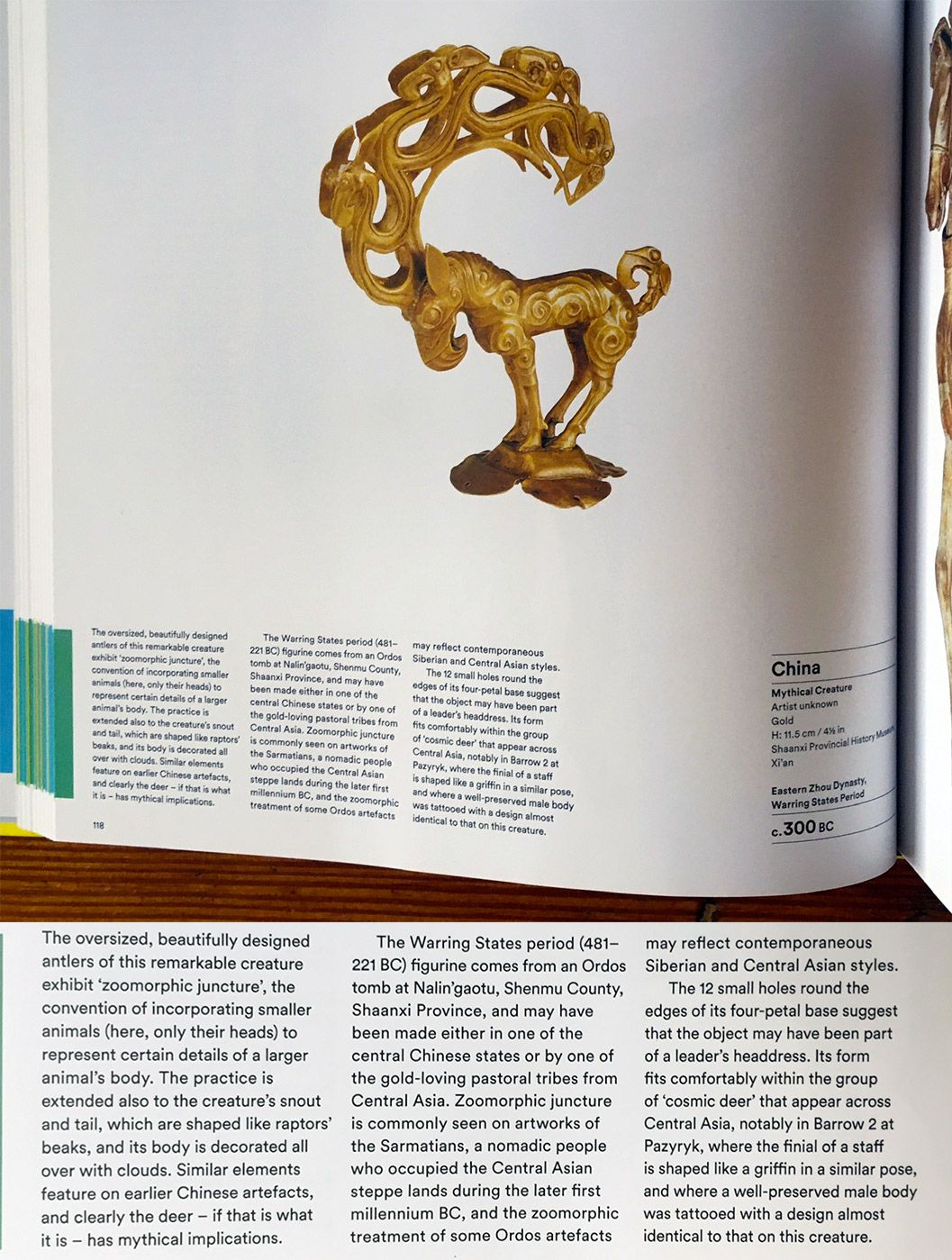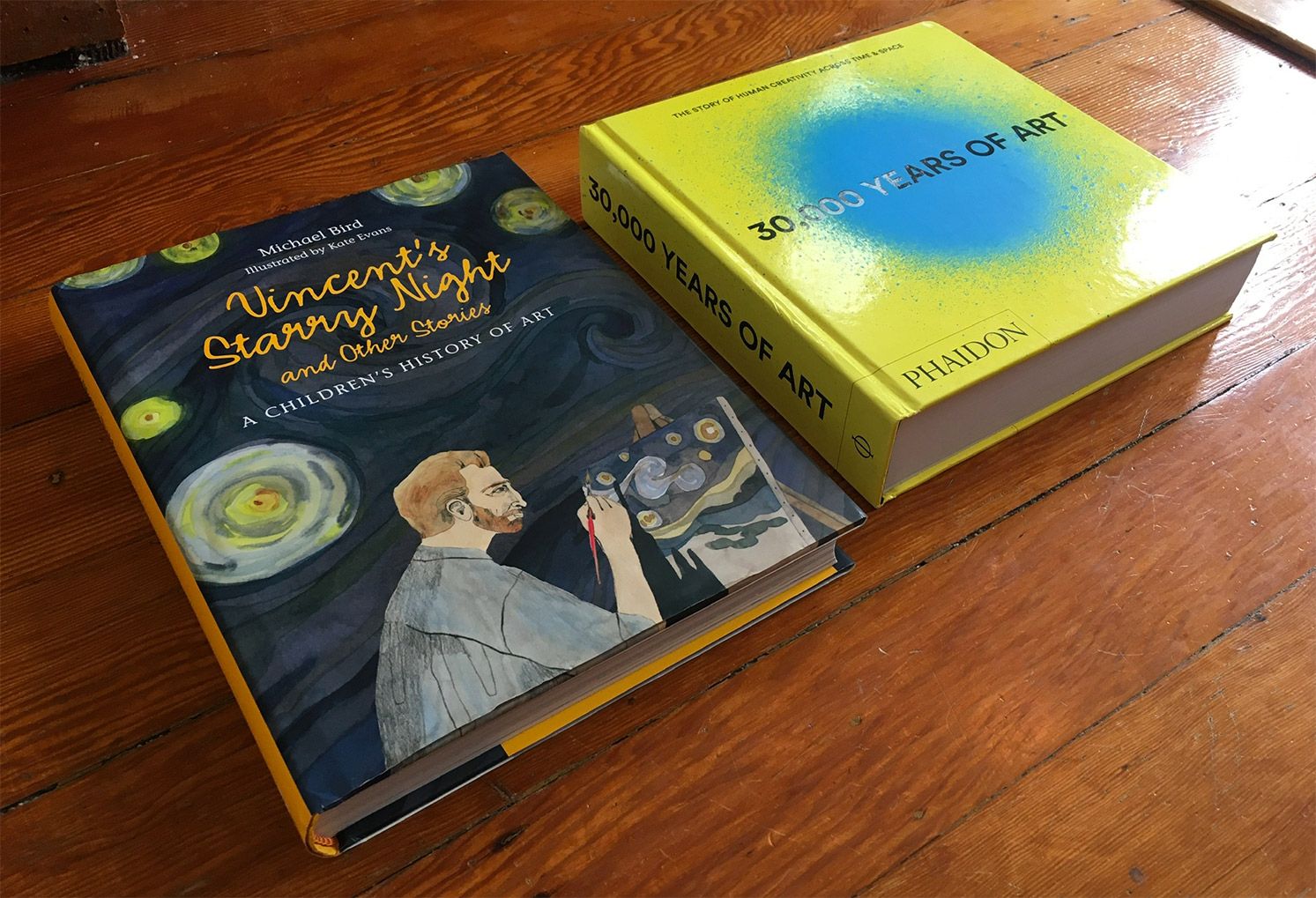Art and history for kids: Vincent's Starry Night & 30,000 Years of Art
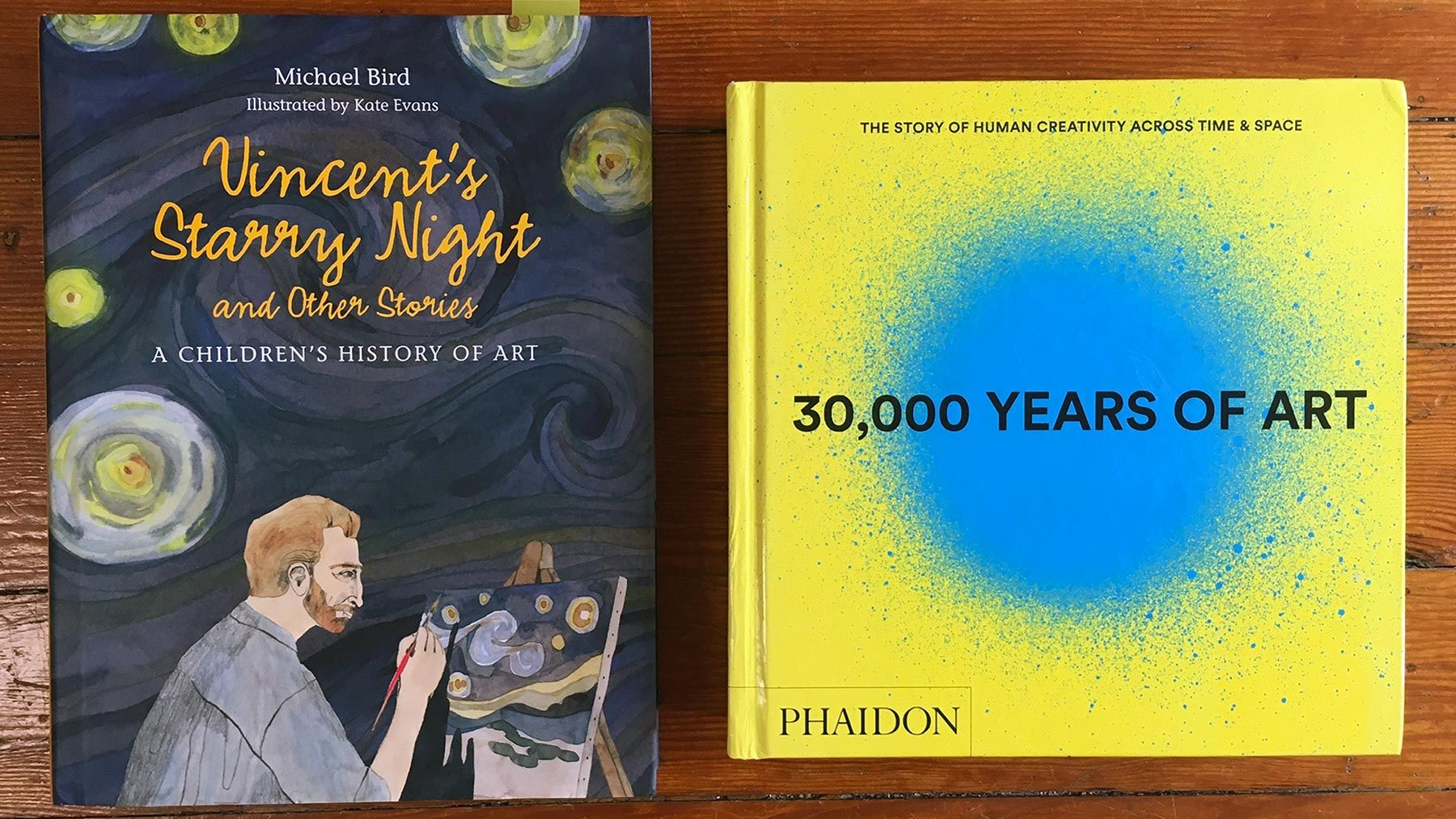
When we have an open squishy slot in an afternoon, and I want a little something to fill it, one of the things I'll reach for is the book Vincent's Starry Night and Other Stories: a Children's History of Art, by Michael Bird.
This full-color, 336-page book contains 68 short stories, each one centered on a different work of art. The artworks and their stories are presented in chronological order, starting with the Lion-human sculpture, created from a piece of ivory around 40,000-35,000 BCE, and ending with Sunflower Seeds, created by Ai Weiwei in 2010.
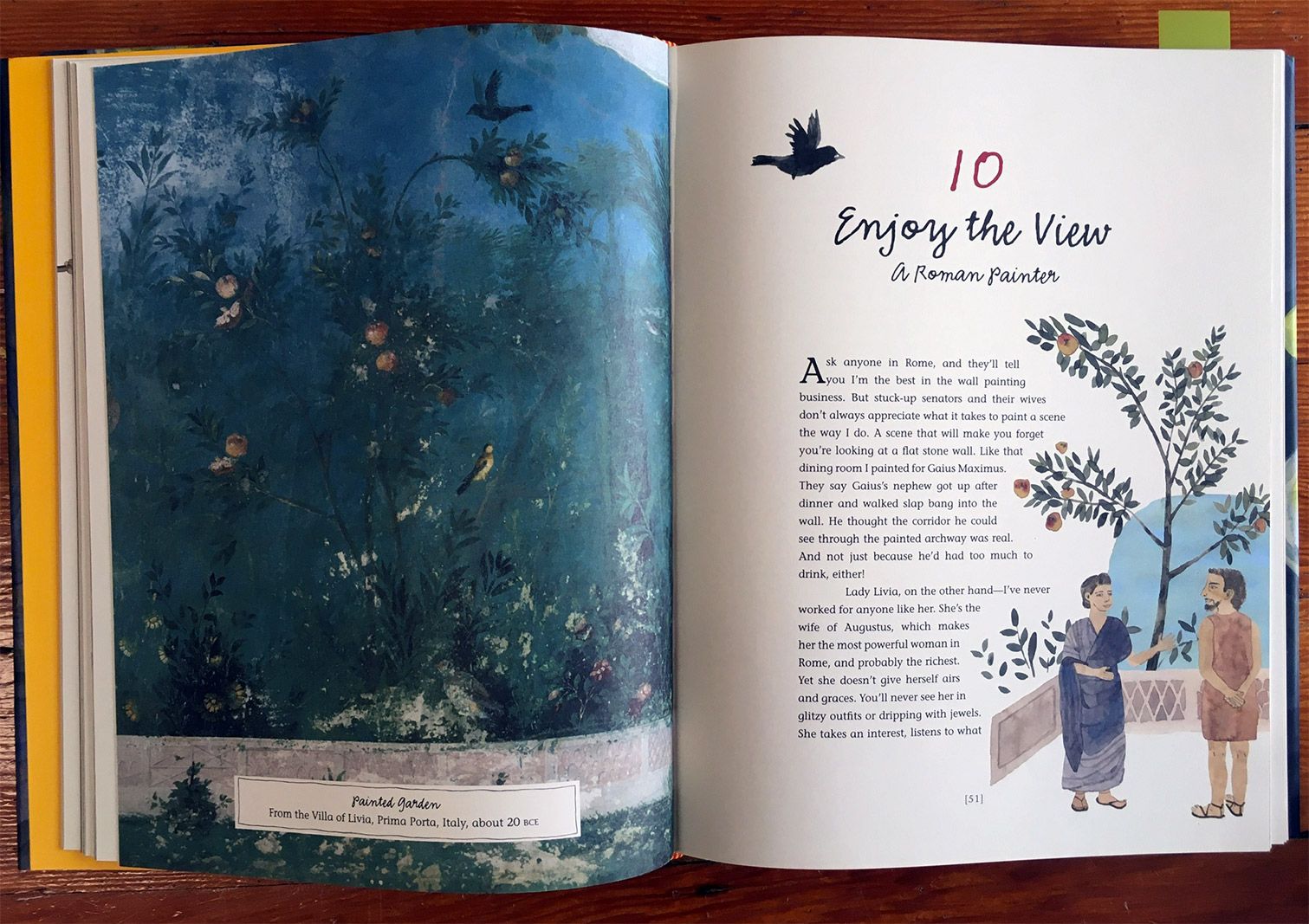
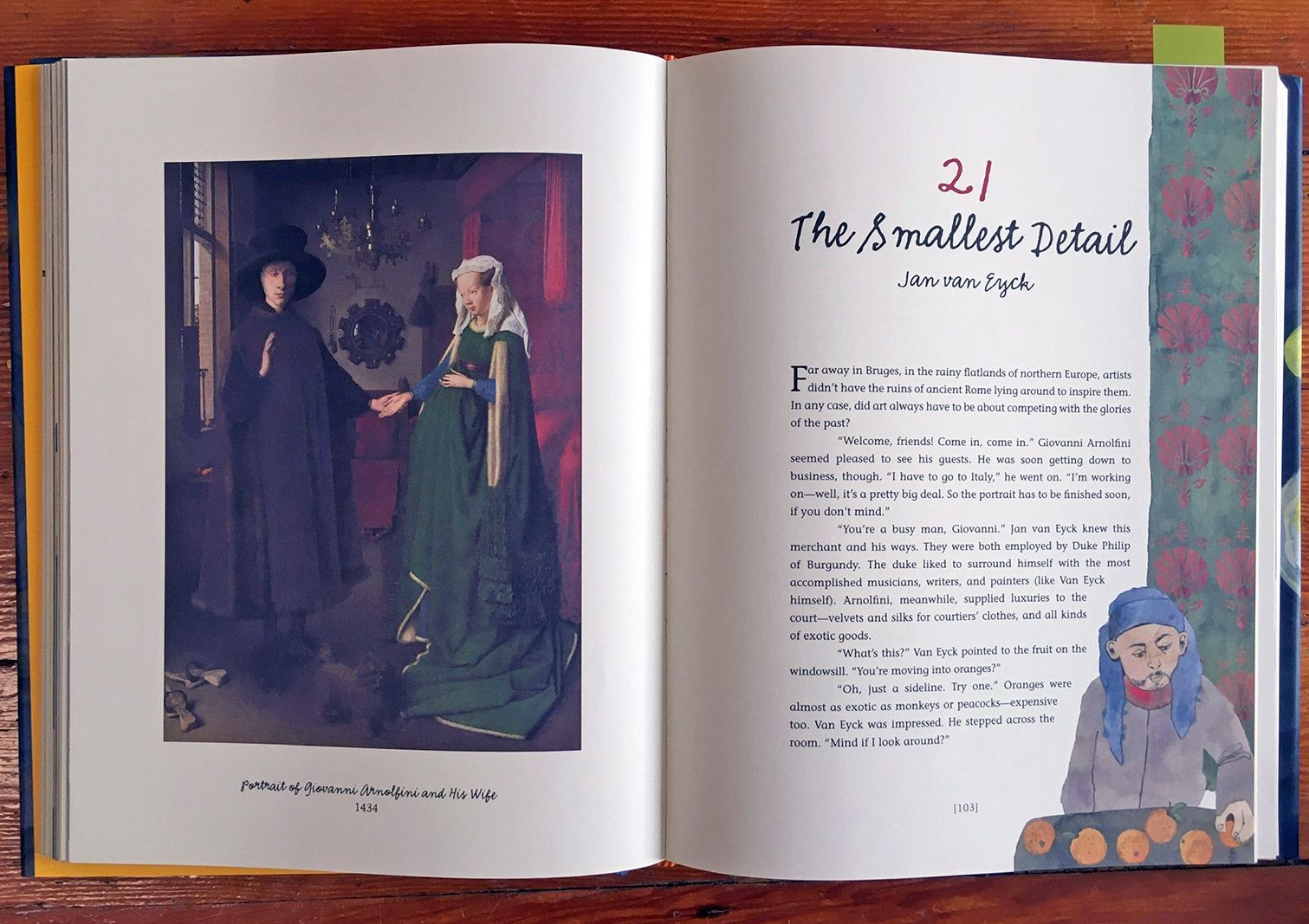
Each entry starts with a full-page photo of the actual artwork, followed by a three-page story about its creation, paired with supporting watercolor illustrations by Kate Evans.
The stories are historical fiction, a delightful moment of time travel, putting you in the place and time of the creation of the art. They provide a bit of context, some humanity, and a lot of relatability. They give a window into what life was like for the artist, while also conveying what made that artwork, or artist, or technique, or material, or art movement something new and interesting and exciting.
A fun way that Vincent's Starry Night worked exactly as the author intended: it left me hungry for more. I wanted more art, and especially more photos. I found my feast in another book, 30,000 Years of Art: the Story of Human Creativity across Time & Space, published by Phaidon.

30,000 Years of Art is in many ways similar to Vincent's Starry Night, only it's aimed at adults rather than kids, and is purely non-fiction. It has 655 full-color pages, with one artwork on each page. It is arranged in chronological order, and also starts with the Lion-human, and ends with Roden Crater by James Turrell. Each artwork is paired with a short fine-print blurb, giving a concise yet info-packed run-down of why each piece is relevant and interesting. We haven't done any reading together from 30,000 Years of Art, but I think it will make a great reference volume, and I hope the whole family will find it interesting to peruse, coffee-book style.
